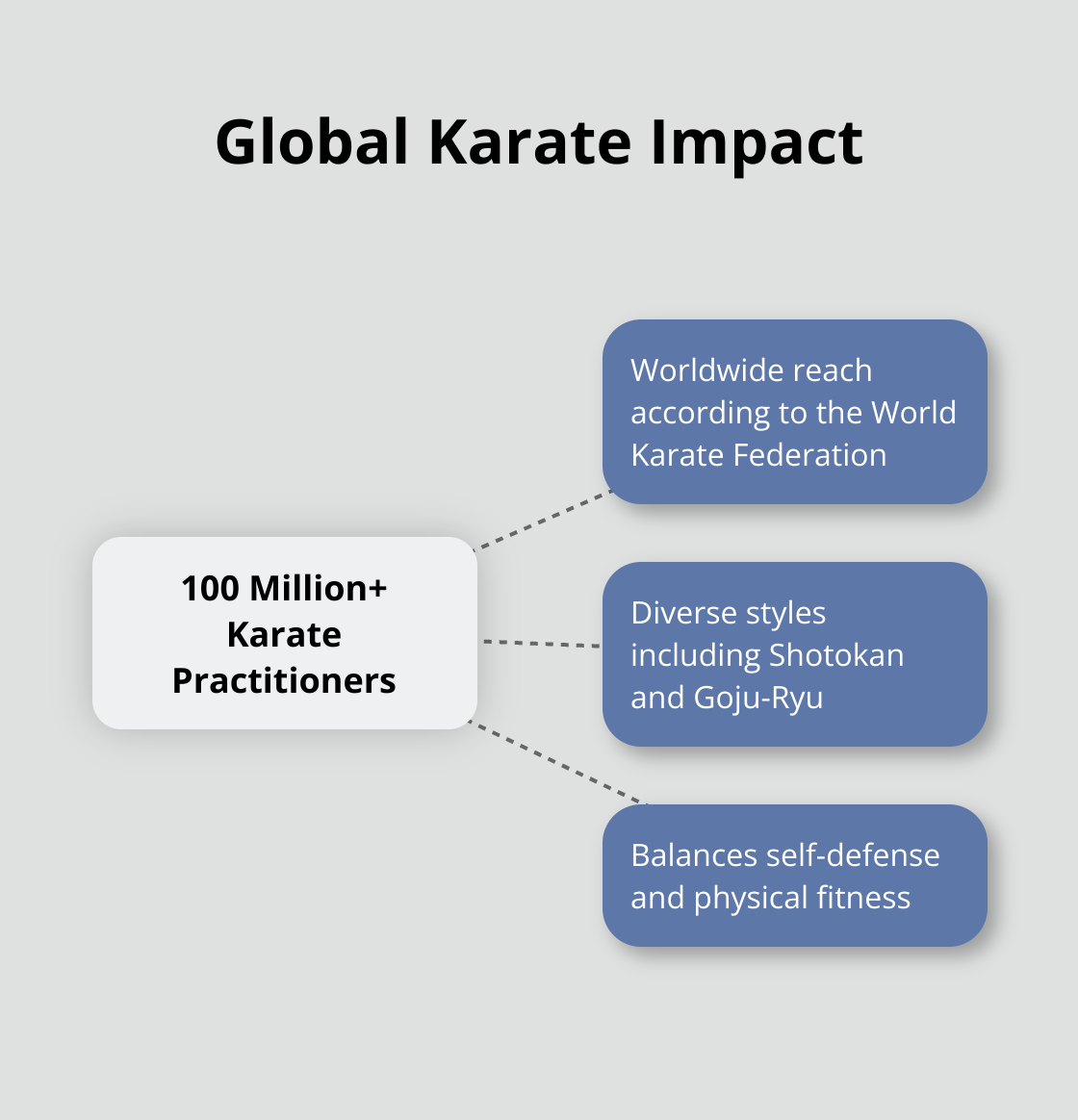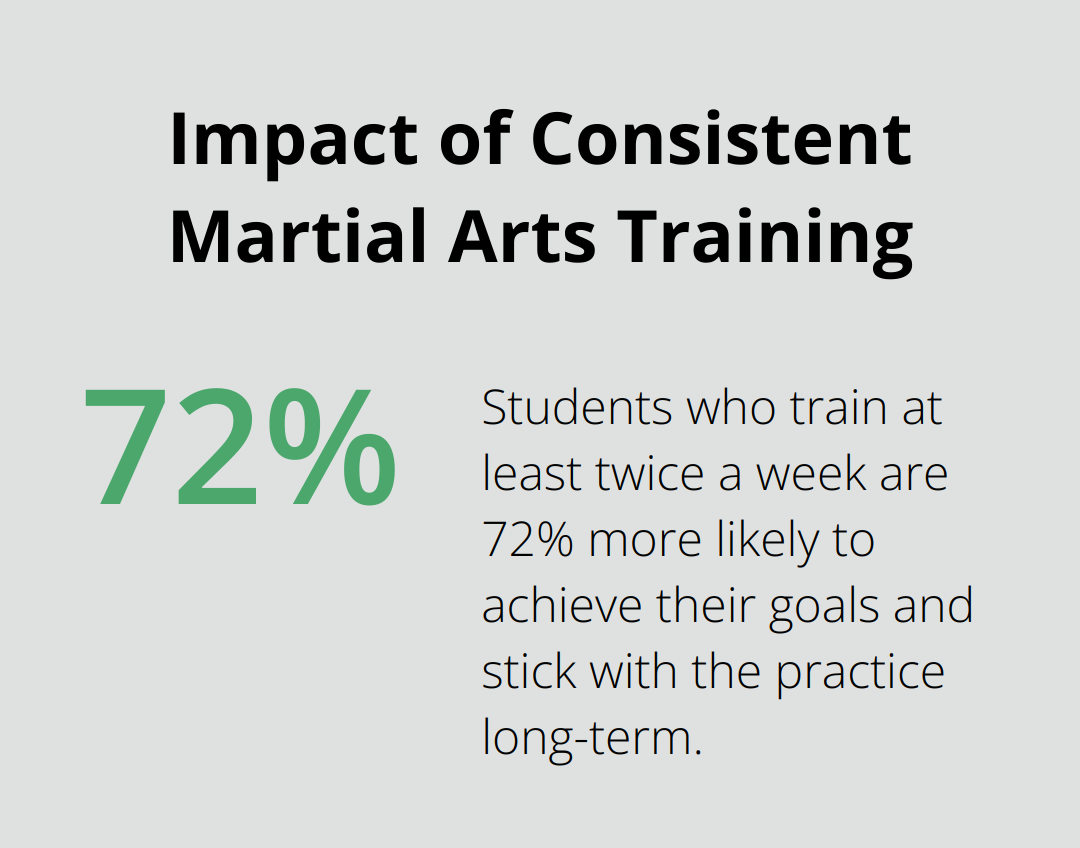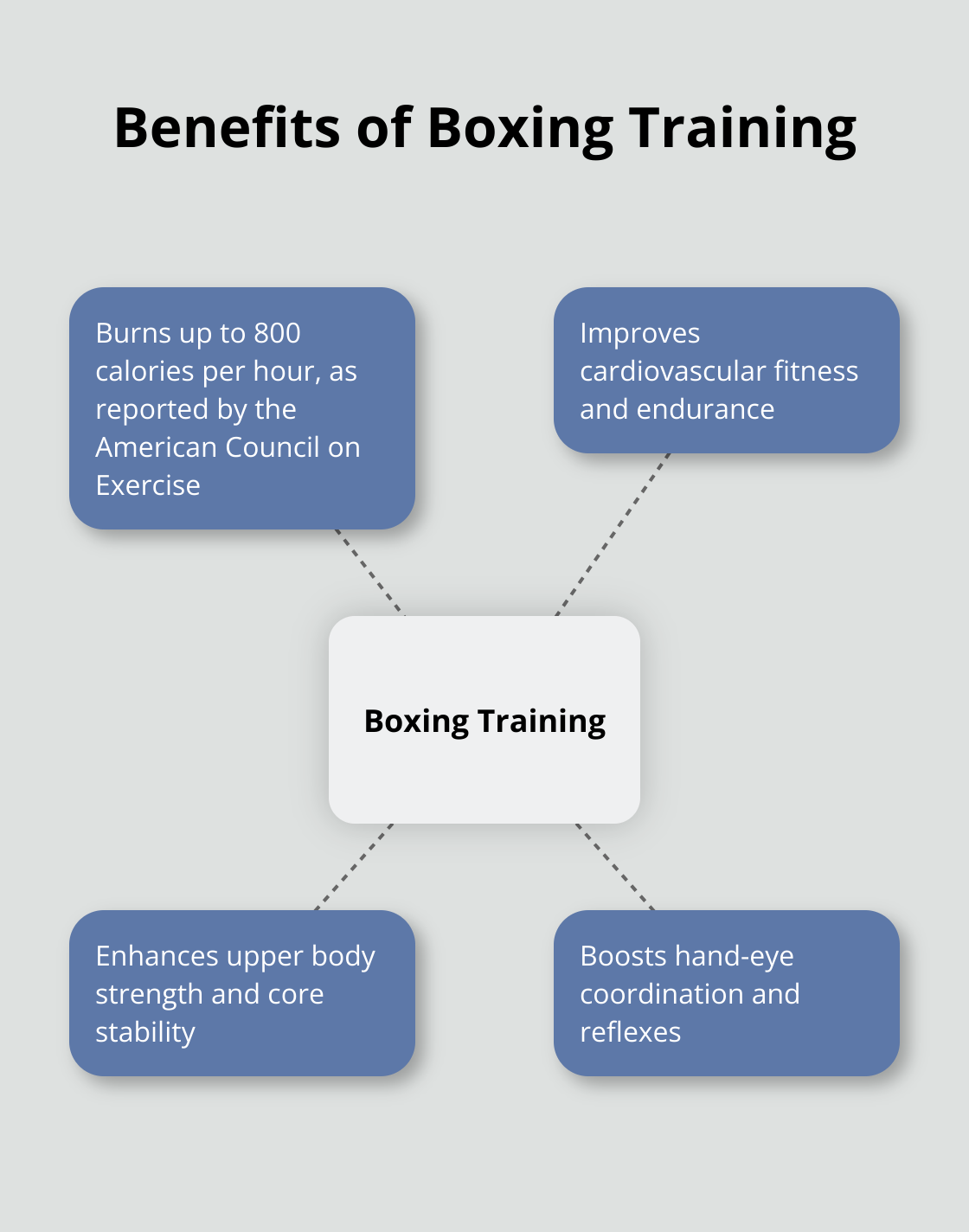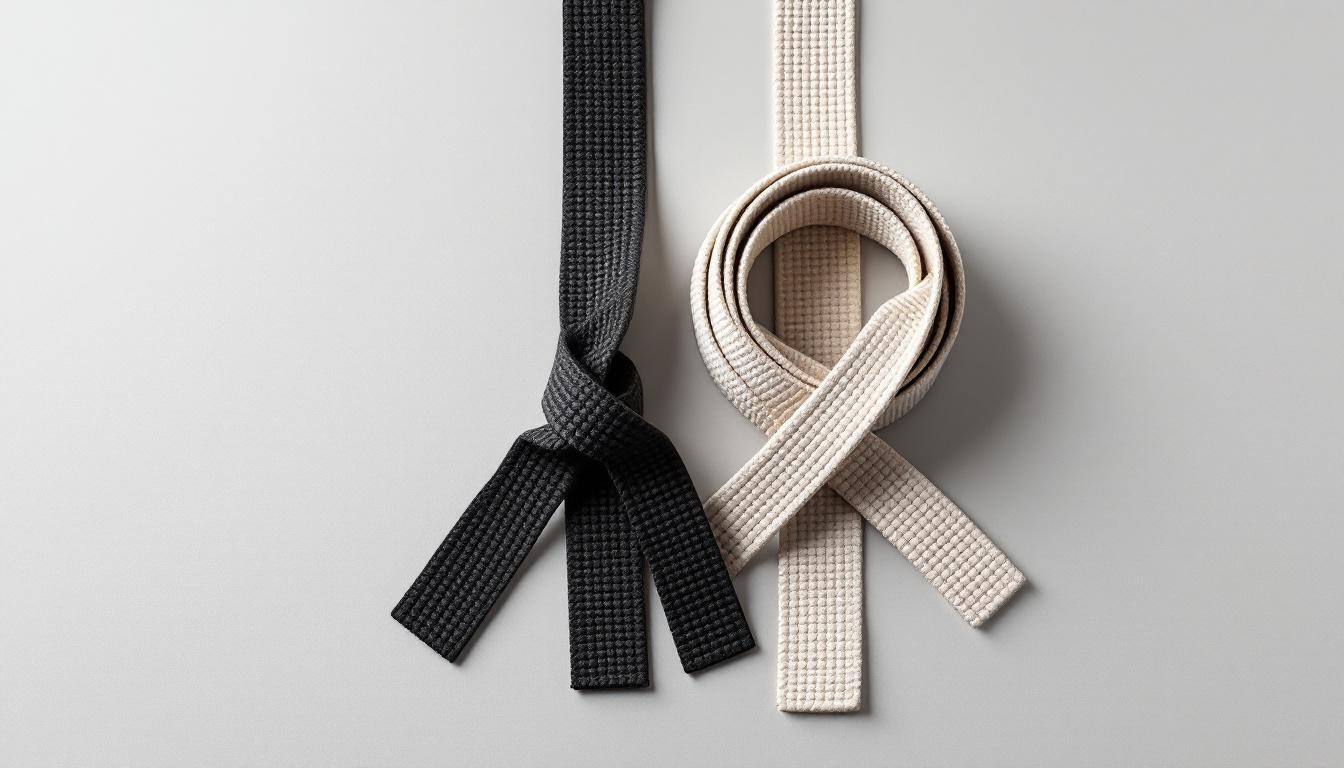Choosing the right martial art can be a game-changer for your fitness and self-defense journey. At Jiu Jitsu, we understand that the decision between styles like Jiu Jitsu vs Karate can be overwhelming.
This guide will help you navigate the world of martial arts, considering factors such as your personal goals, physical attributes, and time commitment. We’ll explore popular styles and compare their techniques to help you find the perfect fit for your lifestyle and aspirations.
Popular Martial Arts Styles Explained
Grappling-Based Martial Arts
Brazilian Jiu-Jitsu (BJJ) excels as a grappling-based martial art that emphasizes ground fighting and submission techniques. It proves highly effective for self-defense, particularly against larger opponents. BJJ is a full-body workout that improves strength, flexibility, endurance, and cardiovascular health. It’s a fun and engaging way to stay active.
Striking-Based Martial Arts
Muay Thai, dubbed the “Art of Eight Limbs,” incorporates punches, kicks, elbows, and knee strikes. This high-intensity martial art enables practitioners to burn 700-900 calories per hour, making it an excellent choice for fitness enthusiasts. The Sports & Fitness Industry Association reports a 30% increase in Muay Thai participation from 2019 to 2022.
Traditional Martial Arts
Karate, a traditional Japanese martial art, focuses on striking techniques such as punches, kicks, and knee strikes. With various styles (like Shotokan and Goju-Ryu), Karate offers a balanced approach to self-defense and physical fitness. The World Karate Federation estimates that over 100 million people practice Karate worldwide.

Taekwondo, an Olympic sport since 2000, stands out for its dynamic kicking techniques and fast-paced movements. It attracts younger practitioners, with the largest age group being 6-12 years old according to industry statistics. Taekwondo training can improve flexibility by up to 30% in just 12 weeks, as reported in the Journal of Physical Therapy Science.
Self-Defense Focused Systems
Krav Maga, developed by the Israeli military, offers a practical self-defense system designed for real-world situations. It gains popularity, especially among women and urban dwellers. A survey by the National Self-Defense Institute found that 68% of Krav Maga practitioners reported increased confidence in their ability to handle threatening situations after just six months of training.
As we explore these diverse martial arts styles, it becomes clear that each offers unique benefits and challenges. The next section will guide you through important factors to consider when choosing the martial art that best aligns with your personal goals and lifestyle.
How to Choose the Right Martial Art for You
Selecting the perfect martial art involves more than picking the most popular style. It’s about finding a discipline that aligns with your personal goals, physical capabilities, and lifestyle. Let’s explore the key factors you should consider when making this important decision.
Define Your Martial Arts Goals
Ask yourself why you want to learn a martial art. Are you primarily interested in self-defense, getting fit, or competing? Your answer will significantly influence your choice. If self-defense is your main goal, Krav Maga or Brazilian Jiu-Jitsu might be ideal. A recent study examined injury patterns and associated risk factors among Krav Maga practitioners from July 2023 to January 2024.
For fitness enthusiasts, high-intensity styles like Muay Thai or Kickboxing could be perfect. These disciplines can help you burn up to 1,000 calories per hour (according to the American Council on Exercise). Those interested in competition might prefer sports like Taekwondo or Judo, both Olympic events that offer structured competitive paths.
Assess Your Physical Capabilities
Your current fitness level and any physical limitations play a crucial role in choosing a martial art. If you have joint issues or are recovering from an injury, a low-impact style like Tai Chi might be more suitable. A study published in the Journal of Rheumatology found that Tai Chi practitioners experienced a 47% reduction in fall risk and improved balance.
For those with a higher fitness level looking for a challenge, grappling arts like Brazilian Jiu-Jitsu or wrestling could be excellent choices. These styles provide a full-body workout and can improve strength, flexibility, and cardiovascular endurance.
Consider Time and Commitment
Be realistic about how much time you can dedicate to training. Some martial arts, like Karate or Taekwondo, have structured belt systems that require consistent, long-term commitment. Others, like Krav Maga or certain self-defense classes, can provide practical skills in a shorter timeframe.
Look for schools that offer flexible class times. Many martial arts academies now provide both in-person and online training options to accommodate busy lifestyles. The Martial Arts Industry Association reports that students who train at least twice a week are 72% more likely to achieve their goals and stick with the practice long-term.

Explore Cultural Aspects and Philosophy
Each martial art carries its own cultural heritage and philosophical approach. Some practitioners are drawn to the meditative aspects of Tai Chi or the discipline and respect emphasized in traditional Japanese martial arts. Others might prefer the practical, no-nonsense approach of modern self-defense systems.
Try to attend a few classes or watch demonstrations of different styles to get a feel for their cultural elements and teaching philosophies. This hands-on experience can help you determine which martial art resonates with you on a deeper level.
Now that we’ve covered the key factors in choosing a martial art, let’s compare some popular styles to help you narrow down your options.
How Martial Arts Styles Compare
Grappling vs. Striking Techniques
Martial arts styles differ significantly in their approaches to combat. Grappling-based arts like Brazilian Jiu-Jitsu (BJJ) and Judo focus on close-quarters combat, takedowns, and ground fighting. These styles emphasize leverage and technique over raw strength, making them effective for self-defense against larger opponents. A study by the Journal of Strength and Conditioning Research found that BJJ practitioners have 30% more grip strength than the average person (highlighting the physical benefits of grappling arts).
Striking-based martial arts such as Muay Thai, Boxing, and Karate prioritize punches, kicks, and other stand-up techniques. These styles can prove more immediately effective in self-defense situations and often provide a more intense cardiovascular workout. The American Council on Exercise reports that a one-hour boxing session can burn up to 800 calories, making it an excellent choice for fitness-oriented practitioners.

Traditional vs. Modern Approaches
Traditional martial arts like Karate and Taekwondo often incorporate elements of their cultural origins, including formal etiquette, meditation, and philosophical teachings. These styles typically use a belt ranking system and emphasize personal development alongside physical skills. The World Taekwondo Federation reports that practitioners who continue with traditional martial arts for at least two years show significant improvements in self-discipline and focus.
Modern martial arts, including Mixed Martial Arts (MMA) and Krav Maga, tend to focus more on practical application and efficiency. These styles often blend techniques from various disciplines and adapt quickly to new fighting strategies. The Ultimate Fighting Championship (UFC) has reported a 40% increase in gym memberships offering MMA training since 2020 (reflecting the growing popularity of these modern approaches).
Sport-oriented vs. Self-defense Focused
Sport-oriented martial arts like Judo and competitive Taekwondo emphasize rules, point scoring, and tournament performance. These styles can excel at developing discipline, sportsmanship, and physical fitness. The International Olympic Committee notes that over 80 million people worldwide practice Taekwondo, with many drawn to its competitive aspects.
Self-defense focused systems like Krav Maga and certain BJJ schools prioritize real-world application and scenario-based training. These styles often include training against multiple attackers, weapon disarms, and situational awareness drills. A major difference between Krav Maga and BJJ is the level of aggression required to subdue an attacker.
Individual Training vs. Partner/Group Work
Some martial arts styles, such as certain forms of Karate or Tai Chi, allow for significant individual practice and solo training. These arts often incorporate kata or forms that practitioners can perfect on their own time.
Other styles, like BJJ or Judo, require consistent partner work for effective learning and skill development. These arts thrive on the dynamic interaction between training partners and often foster a strong sense of community within the dojo or gym.
Final Thoughts
Choosing the right martial art requires careful consideration of your goals, physical capabilities, and lifestyle. The debate between Jiu Jitsu vs Karate highlights the diversity within martial arts, emphasizing the importance of exploring different styles. Your initial choice doesn’t have to be permanent, as many practitioners find value in cross-training or switching styles as their needs evolve.
At Souza Grappling Co., we understand the transformative power of martial arts training. Our facility offers a range of disciplines, including Jiu-Jitsu, Muay Thai, Yoga, and Self-Defense classes for all skill levels. Our trainers create a safe and supportive environment where you can build confidence, improve fitness, and join a vibrant community.
We invite you to take advantage of our complimentary three-day pass and experience the benefits of martial arts training firsthand. With flexible scheduling and specialized programs (for children, adults, and women), Souza Grappling Co. provides the perfect place to begin or continue your martial arts journey. Discover the discipline that resonates with you and unlock your full potential through martial arts practice.




